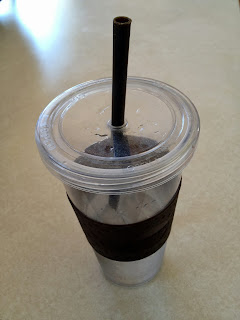COLOR THEORY LECTURE NOTES
Designers use various color strategies to:
-enhance or bring attention to the content of their composition
-to convey their message clearly
-create strong compositions
History: Firm establishment of primary colors didn't occur until the 1700's. The first primary colors were blue, yellow, and red. Early color theories focused on color attributions and color symbolism.
Isaac Newton
1607 -initiated the first scientific research of color theory. Published a book, Optics.
Newton showed white light from the sun contained all colors of the spectrum and created the first color wheel, eventually developing additive color mixing.
Additive Color Mixing-light interacting with light.
-primary colors of additive mixing: red, blue, green
-black is the absence of light.
-televisions and computer monitors are two media that use additive color mixing.
Subtractive Color Mixing- light interacting with a surface. The pigments within that surface determine the visible color by reflecting the light waves of that hue.
Pigment reflected from a white surface- all light waves- we see white.
Pigment reflected from a black surface- absorbs all waves- we see black.
-most common method of mixing
-basis for mixing paint, ink, dyes
-used in most art & design media
-primary colors of subtractive mixing: red, yellow, blue
-black: all colors mixed/all lightwaves absorbed into surface
---cyan, magenta, yellow (also primary colors for subtractive color mixing- process wheel used in 4-color processing: CMYK
Albert Munsell
-contemporary color theorist
-developed numerical color system for identifying unique colors
-identified three-dimesions of color: hue, value, chroma
---now 100+ color systems based on physics, color mixing, and visual perception
Hue: family name of color, ex: green, orange, blue (with all variation of color)
-expressive aspects of color
Value: lightness or darkness of color
-measured on vertical axis of color system
-dark colors: shades mixed with black
-light colors: tints, pigments mixed with white
-dark and light opposite of each other on color wheel
-contains 90% of information in a design: three-dimensional form of volume, light & dark move eye through picture plane, placement in space, value contrast all make design more interesting.
achromatic color scheme: scheme without color
Chroma: purity of color
-ranging strong (purest) to weak (gray look)
-adding black, white, gray weakens chroma
Color balance: color combinations, some more pleasing than others
Johann Wolgang von Goethe
-1700's, outlined formula for color balance
-book: Theory of Colors - documentation of the human perceptual aspects of color
-conclusions about color physics disproven.
-assigned a number to each of the principle colors of the spectrum that closely
relates to the value/lightness of each color at full chroma.
-formula shows that viewers are more comfortable with combinations that show
the darker value as the dominant hue.
Color Unity: strategy used to convey an idea clearly
Analogous color: colors next to each other on color wheel
-create color unity
Limited palette: limited amount of color used
Chroma, Value, Hue dominance
Transitions in hue, value, chroma
-lead eye without visual leaps
Softening/weakening chroma
-color unity by eliminating visual leaps
-focus attention on limited strong chroma for emphasis
Use of neutrals
Keying the color
-adding small amount of hue or adding transparencies to all colors in composition




